Xiao-Qi Han
HTSC-2025: A Benchmark Dataset of Ambient-Pressure High-Temperature Superconductors for AI-Driven Critical Temperature Prediction
Jun 04, 2025Abstract:The discovery of high-temperature superconducting materials holds great significance for human industry and daily life. In recent years, research on predicting superconducting transition temperatures using artificial intelligence~(AI) has gained popularity, with most of these tools claiming to achieve remarkable accuracy. However, the lack of widely accepted benchmark datasets in this field has severely hindered fair comparisons between different AI algorithms and impeded further advancement of these methods. In this work, we present the HTSC-2025, an ambient-pressure high-temperature superconducting benchmark dataset. This comprehensive compilation encompasses theoretically predicted superconducting materials discovered by theoretical physicists from 2023 to 2025 based on BCS superconductivity theory, including the renowned X$_2$YH$_6$ system, perovskite MXH$_3$ system, M$_3$XH$_8$ system, cage-like BCN-doped metal atomic systems derived from LaH$_{10}$ structural evolution, and two-dimensional honeycomb-structured systems evolving from MgB$_2$. The HTSC-2025 benchmark has been open-sourced at https://github.com/xqh19970407/HTSC-2025 and will be continuously updated. This benchmark holds significant importance for accelerating the discovery of superconducting materials using AI-based methods.
InvDesFlow-AL: Active Learning-based Workflow for Inverse Design of Functional Materials
May 14, 2025Abstract:Developing inverse design methods for functional materials with specific properties is critical to advancing fields like renewable energy, catalysis, energy storage, and carbon capture. Generative models based on diffusion principles can directly produce new materials that meet performance constraints, thereby significantly accelerating the material design process. However, existing methods for generating and predicting crystal structures often remain limited by low success rates. In this work, we propose a novel inverse material design generative framework called InvDesFlow-AL, which is based on active learning strategies. This framework can iteratively optimize the material generation process to gradually guide it towards desired performance characteristics. In terms of crystal structure prediction, the InvDesFlow-AL model achieves an RMSE of 0.0423 {\AA}, representing an 32.96% improvement in performance compared to exsisting generative models. Additionally, InvDesFlow-AL has been successfully validated in the design of low-formation-energy and low-Ehull materials. It can systematically generate materials with progressively lower formation energies while continuously expanding the exploration across diverse chemical spaces. These results fully demonstrate the effectiveness of the proposed active learning-driven generative model in accelerating material discovery and inverse design. To further prove the effectiveness of this method, we took the search for BCS superconductors under ambient pressure as an example explored by InvDesFlow-AL. As a result, we successfully identified Li\(_2\)AuH\(_6\) as a conventional BCS superconductor with an ultra-high transition temperature of 140 K. This discovery provides strong empirical support for the application of inverse design in materials science.
Strong phonon-mediated high temperature superconductivity in Li$_2$AuH$_6$ under ambient pressure
Jan 21, 2025



Abstract:We used our developed AI search engine~(InvDesFlow) to perform extensive investigations regarding ambient stable superconducting hydrides. A cubic structure Li$_2$AuH$_6$ with Au-H octahedral motifs is identified to be a candidate. After performing thermodynamical analysis, we provide a feasible route to experimentally synthesize this material via the known LiAu and LiH compounds under ambient pressure. The further first-principles calculations suggest that Li$_2$AuH$_6$ shows a high superconducting transition temperature ($T_c$) $\sim$ 140 K under ambient pressure. The H-1$s$ electrons strongly couple with phonon modes of vibrations of Au-H octahedrons as well as vibrations of Li atoms, where the latter is not taken seriously in other previously similar cases. Hence, different from previous claims of searching metallic covalent bonds to find high-$T_c$ superconductors, we emphasize here the importance of those phonon modes with strong electron-phonon coupling (EPC). And we suggest that one can intercalate atoms into binary or ternary hydrides to introduce more potential phonon modes with strong EPC, which is an effective approach to find high-$T_c$ superconductors within multicomponent compounds.
AI-driven inverse design of materials: Past, present and future
Nov 14, 2024



Abstract:The discovery of advanced materials is the cornerstone of human technological development and progress. The structures of materials and their corresponding properties are essentially the result of a complex interplay of multiple degrees of freedom such as lattice, charge, spin, symmetry, and topology. This poses significant challenges for the inverse design methods of materials. Humans have long explored new materials through a large number of experiments and proposed corresponding theoretical systems to predict new material properties and structures. With the improvement of computational power, researchers have gradually developed various electronic structure calculation methods, particularly such as the one based density functional theory, as well as high-throughput computational methods. Recently, the rapid development of artificial intelligence technology in the field of computer science has enabled the effective characterization of the implicit association between material properties and structures, thus opening up an efficient paradigm for the inverse design of functional materials. A significant progress has been made in inverse design of materials based on generative and discriminative models, attracting widespread attention from researchers. Considering this rapid technological progress, in this survey, we look back on the latest advancements in AI-driven inverse design of materials by introducing the background, key findings, and mainstream technological development routes. In addition, we summarize the remaining issues for future directions. This survey provides the latest overview of AI-driven inverse design of materials, which can serve as a useful resource for researchers.
AI-accelerated discovery of high critical temperature superconductors
Sep 12, 2024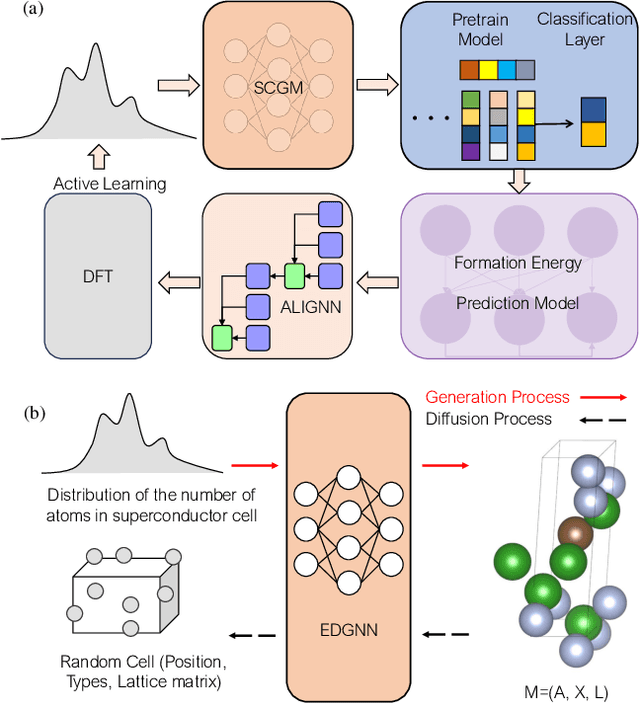
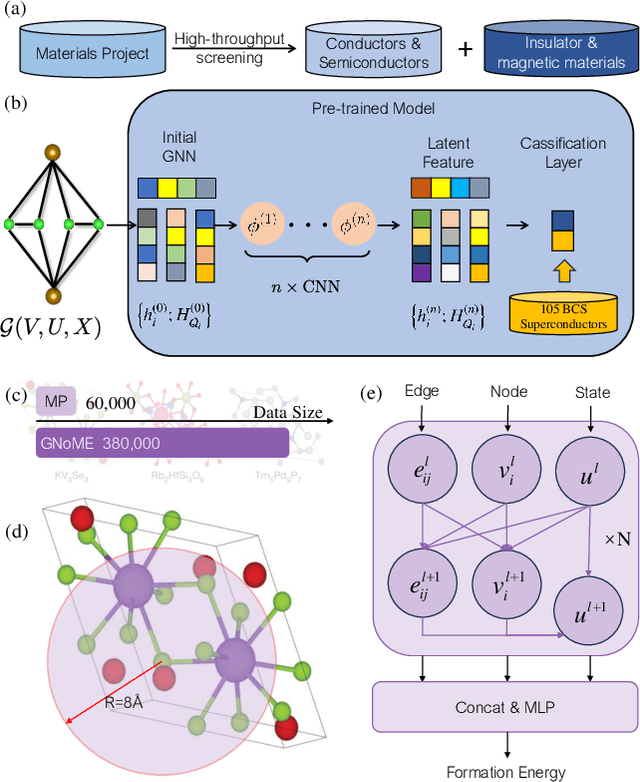
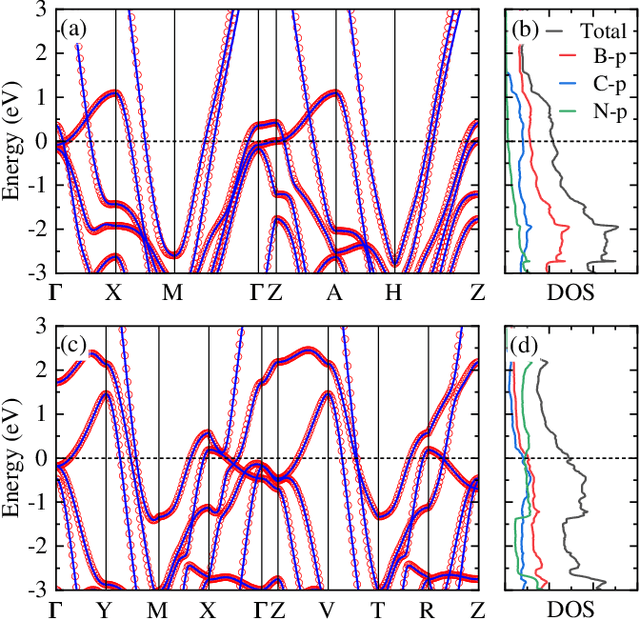
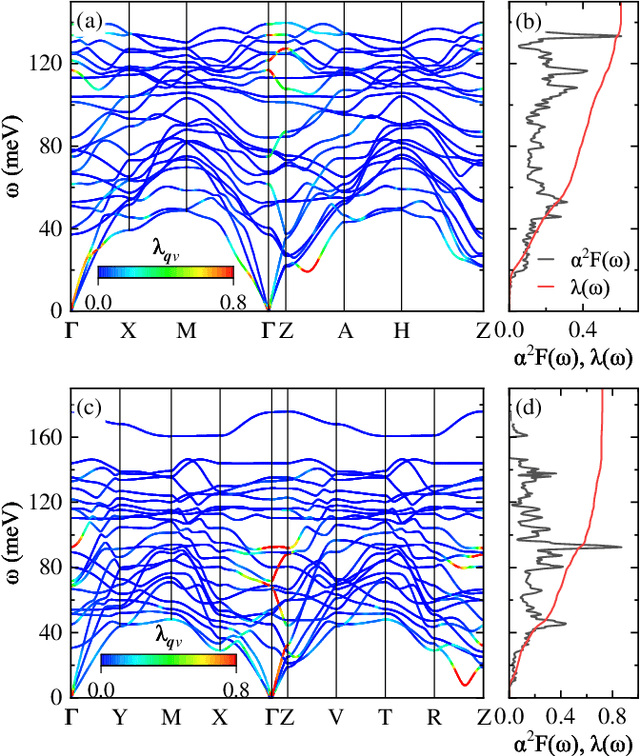
Abstract:The discovery of new superconducting materials, particularly those exhibiting high critical temperature ($T_c$), has been a vibrant area of study within the field of condensed matter physics. Conventional approaches primarily rely on physical intuition to search for potential superconductors within the existing databases. However, the known materials only scratch the surface of the extensive array of possibilities within the realm of materials. Here, we develop an AI search engine that integrates deep model pre-training and fine-tuning techniques, diffusion models, and physics-based approaches (e.g., first-principles electronic structure calculation) for discovery of high-$T_c$ superconductors. Utilizing this AI search engine, we have obtained 74 dynamically stable materials with critical temperatures predicted by the AI model to be $T_c \geq$ 15 K based on a very small set of samples. Notably, these materials are not contained in any existing dataset. Furthermore, we analyze trends in our dataset and individual materials including B$_4$CN$_3$ and B$_5$CN$_2$ whose $T_c$s are 24.08 K and 15.93 K, respectively. We demonstrate that AI technique can discover a set of new high-$T_c$ superconductors, outline its potential for accelerating discovery of the materials with targeted properties.
A simple framework for contrastive learning phases of matter
May 11, 2022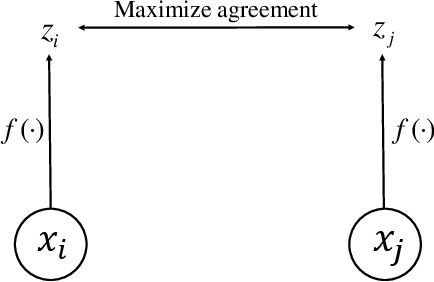
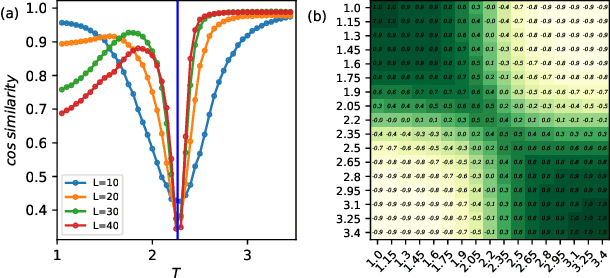
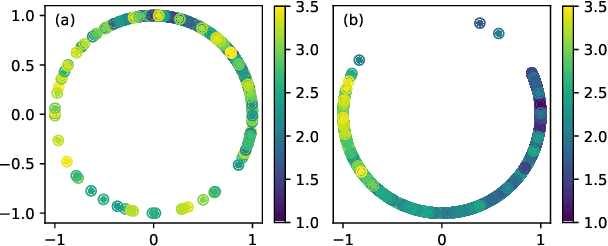
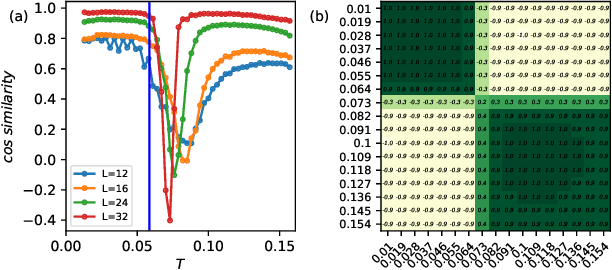
Abstract:A main task in condensed-matter physics is to recognize, classify, and characterize phases of matter and the corresponding phase transitions, for which machine learning provides a new class of research tools due to the remarkable development in computing power and algorithms. Despite much exploration in this new field, usually different methods and techniques are needed for different scenarios. Here, we present SimCLP: a simple framework for contrastive learning phases of matter, which is inspired by the recent development in contrastive learning of visual representations. We demonstrate the success of this framework on several representative systems, including classical and quantum, single-particle and many-body, conventional and topological. SimCLP is flexible and free of usual burdens such as manual feature engineering and prior knowledge. The only prerequisite is to prepare enough state configurations. Furthermore, it can generate representation vectors and labels and hence help tackle other problems. SimCLP therefore paves an alternative way to the development of a generic tool for identifying unexplored phase transitions.
 Add to Chrome
Add to Chrome Add to Firefox
Add to Firefox Add to Edge
Add to Edge